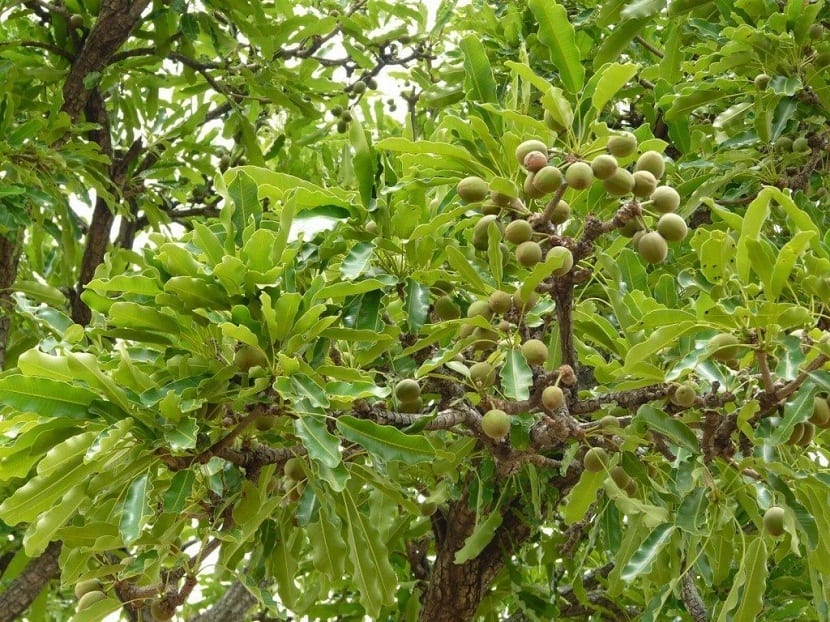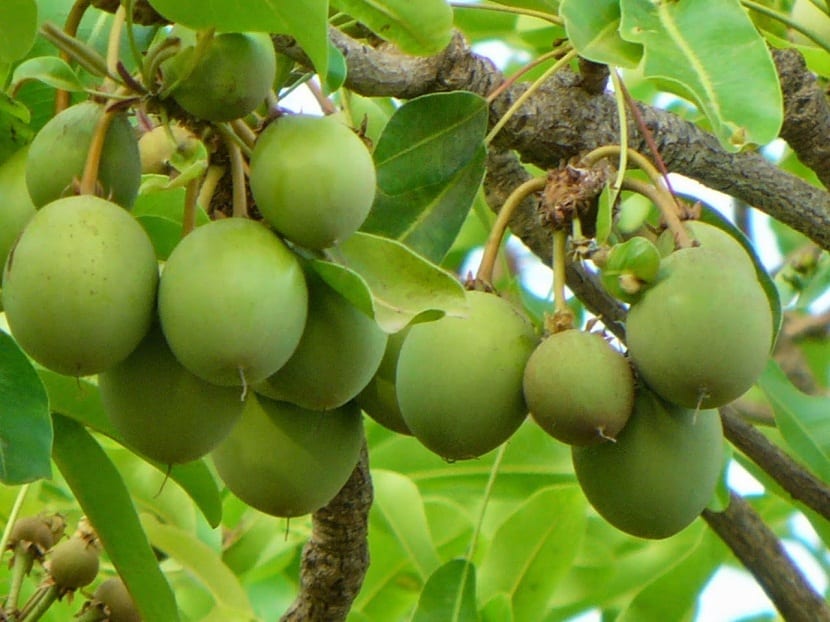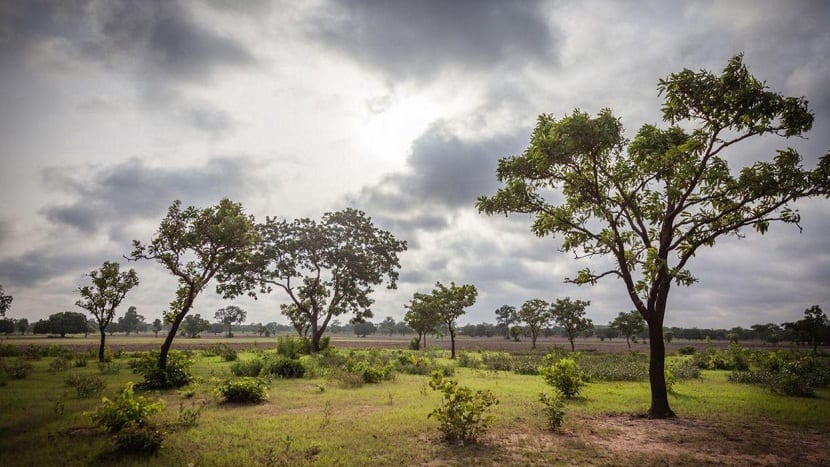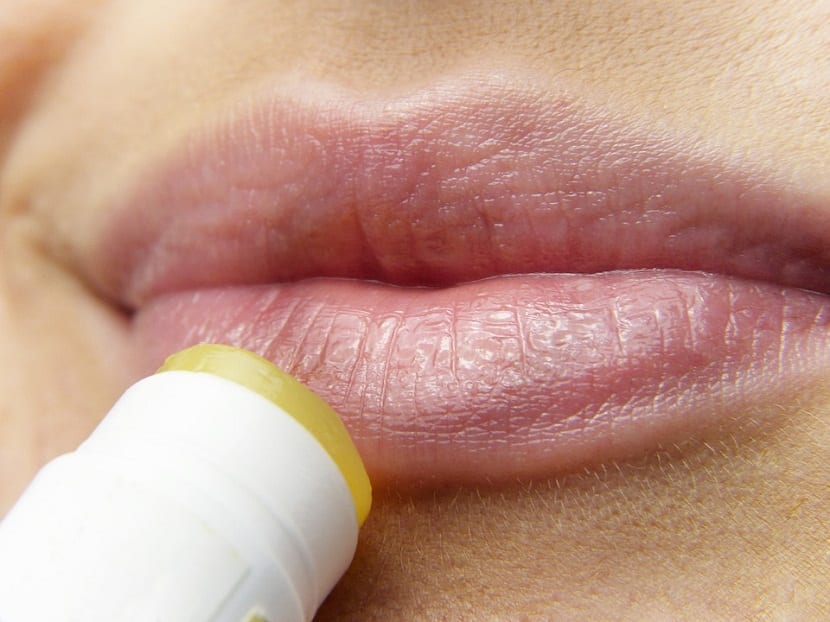
Shea or Vitellaria Paradoxus It is a tree of African origin that bears a fruit that is highly valued by the cosmetic, pharmaceutical and food industries.. It also stands out as an important ingredient of traditional food and is that the fruit of the tree contains inside a nut known to the inhabitants of the area as Karité, and is part of the sacred fauna of the African savannah.
There are some crops that are highly valued for the time nature takes to produce their fruits. The shea tree is among these specimens, which together with the olive tree can live productively for centuries, and since they are long-lived, they take time to give their first harvest.
From

The Karité tree is native to the African savannah, specifically from Burkina Faso, Mali, Sudan and the Ivory Coast. This particular name has a meaning in the local language that means: butter tree. The regional tribes consider it a sacred tree so the fruit can only be picked when it has already fallen to the ground, this being also a fully ornamental tree.
Vitellaria Paradoxus It is the scientific name and it can reach up to 15 meters in height. It belongs to the Sapotaceae family, being native to the central region of the African continent. The pulp covers a delicious seed that is very nutritious and rich in essential oils.
Shea characteristics
Shea is a tree with a longevity of up to three centuries, where the trunk can reach two meters and the tree itself, more than ten high.
It begins to bear fruit after fifteen years and at twenty it gives the best harvests, continuing until fifty and one hundred years of age. The fruit are very fleshy drupes that mature between four and six months, in addition, they contain in their center a fine-shelled almond seed.
The branches of the tree are short and have a red-gray bark on the inside, the flowers can be seen from January to March. The best harvests of the fruit are about 20 kg, which is equivalent to 5 kg of walnuts. which in the end results in a kilo of butter. The tree has always grown in the wild and harvesting and gathering are not an easy task, so the final product is highly valued and valued.
Cultivation and care
The cultivation of Shea is not a simple matter, especially because it requires very specific environmental conditions and it takes a long time to mature and bear fruit. Nevertheless, Conditions can be specified for this type of tree to thrive.
The tree is born in low and dry lands between 600 and 1500 meters above sea level. The temperature range that it can tolerate is from 18 ° C to 48 ° C, but the ideal is between 24 and 38 ° C. It is also not very friendly to the abundant rainfall, tolerating a maximum of 1,800mm, the ideal is wet soils.
It can be directly exposed to the sun and barely tolerates semi-shade. The soil must be clayey, sandy, with a pH range between 6 and 7 and rich in organic matter. The plant can be classified in two main ways: the Paradox and the Nilotica.
The first is born at relatively low elevations that do not exceed 600 m. The second grows on land slightly higher than 450 - 1,600 meters. Local farmers are very protective of the tree, not only because it is considered sacred, but because of the important source of nutrients that it represents, especially in Sudan, where 40% of the trees are Karite.
The tree produces a taproot up to one and occasionally two meters long, with shallow lateral roots that are concentrated to a depth of 10 cm and extend up to 20 meters out of the tree. The secondary lateral roots grow downward, almost to the same depth as the tap root.

The secondary root system develops strongly during the first years of growth. This allows the seedlings to produce new shoots when the original ones are damaged by drought. Early stem growth is slowBranching usually occurs after 4 to 7 years.
The tree begins to bloom in the first decade and begins to bear its first fruits between the ages of 15 and 25. The early flowers can be sterile. Maturity actually reaches it between 20 and 45 years, with its useful life between 200 and 300 years. The fall of the leaves, the flowering, redness and the onset of fruiting occur during the dry season.
The leaves tend to fall at the beginning of it. Trees are rarely completely leafless or only for relatively short periods. The flowers appear as soon as the dry season begins, bearing about 25% fruit. The fruit develops between four and six months, reaching the maximum point of maturation in the middle of the rainy season. The amount of production of the trees is variable. In a sample taken in Burkina Faso, at best 25% of the trees produced 60% of the yield, while the poorest 30% of the trees produced little fruit.
A tree in excellent condition can bear an average of 15 to 30 kg of fruit per year. In a good year it can go up to 50kg, but only about 15kg in the next two years. Although a clear production cycle has not been evidenced, the analyzes show a tendency for the trees to only give a good harvest every 3 or 4 years.
These species are really fire tolerant, although sometimes its growth and fruiting are affected by this element. Therefore, the trees must be protected by ring weeding. The tree is a habitat for honeycombs, making it an important source of honey and the hives placed on its branches are assured of a good amount of nectar and pollen.
Properties and uses

El Shea oil or butter It is obtained after boiling and crushing the almonds inside the fruit, this being a totally edible and very nutritious substance, in addition, it is traditionally used in local cuisine. It also has an important use in the chocolate industry as a substitute for cocoa butter.
Shea's main compounds are palmitic acid (2-6%), stearic acid (15-25%), oleic acid (60-70%), linolenic acid (5-15%), linoleic acid (<1%). This fat is known, above all, for its moisturizing properties, which is why it is used in the composition of numerous preparations in the cosmetic industry.
It is also used as a protective and moisturizing screen for the skin and hair, preventing wrinkles, stretch marks and skin stimulation. It can be used for all kinds of treatments aimed at improving the skin.
Shea growing and harvesting employs more than 300000 women each year in Africa. The product is carefully treated with a 100% artisan process, where the seeds are separated and washed, crushed, roasted and ground to obtain a brown paste that is beaten until butter is obtained.
It is then rid of impurities by boiling and filtering several times. For every kilo of fruit you get 400 gr. of seeds. The amount of butter that can be processed is definitely a gift of nature that has not been altered for generations.